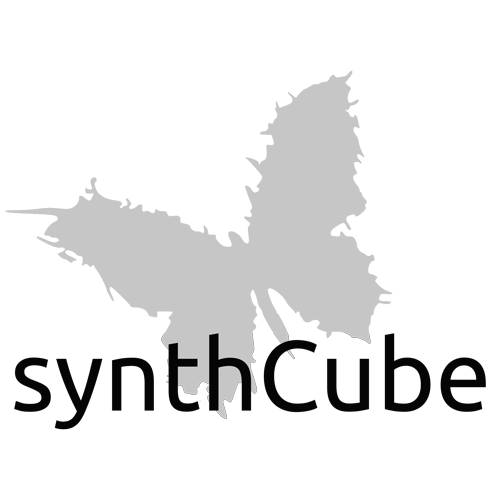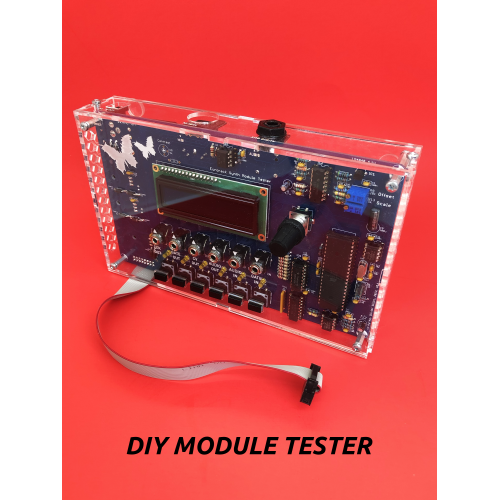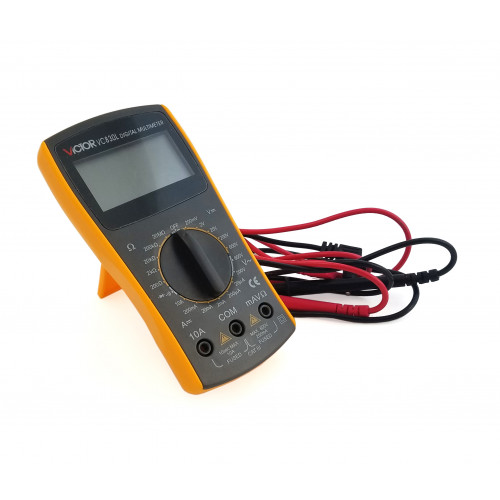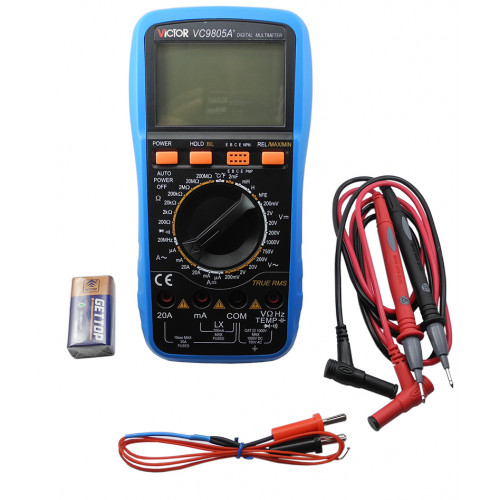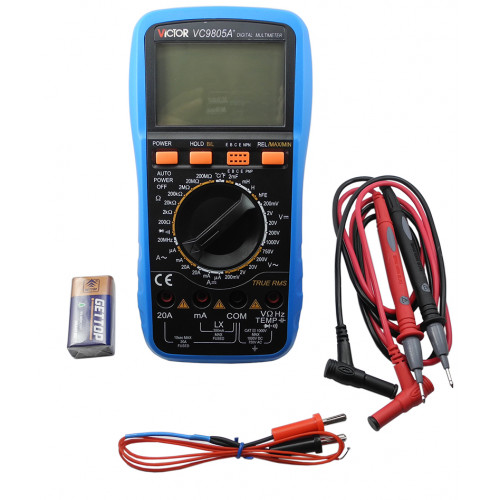Check Your Circuits
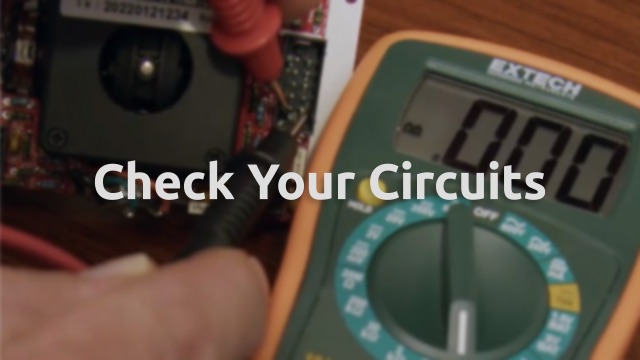
Test your DIY module before you plug it in to your case so it doesn’t blow up.
Here’s a scenario: it’s 1AM, you’ve just spent three hours building your first DIY module, and you rush to your case to plug it in and watch it light up and make some noise. As soon as you flip the switch, everything flickers on and a POOF, a smoke appears before your eyes. You go to sleep dreaming about rectifier circuits wishing you remembered to check for a short on your power pins.
Okay, so how do you prevent that? Well, a short doesn’t always mean that your module will fry, but it’s a step closer to getting there. Thankfully, there’s a bare minimum test that can be conducted using just a multimeter. Now, if you don’t have a multimeter and you’re doing a DIY electronics project, you’re really living life on the edge. Pick one up, you won’t regret it. You should be measuring your component values as you go along anyway.
Set your multimeter to continuity mode. This is a simple mode that lets you know if you have an electrical connection between two points. If you touch the bare probes together, you get a beep. That’s a good sign if you’re hoping for a connection and a good warning sign if the points you are testing are supposed to be isolated.
In Eurorack, modules are powered by ten pin headers. Two provide +12 volts, the middle six are ground, and the other two provide -12 volts. These sets of pins should all be isolated from each other. If you touch the two pins that provide +12v and you have continuity, that’s good. The same is true for any of the two of the six ground pins, as well as the pair of -12v pins. But you should not have continuity between the +12 volts and ground, -12 volts and ground, or +12 volts and -12 volts. If you find continuity between the separate groups, go back, check your work, check your soldering, and keep checking it until you get the expected results.
Only once you’ve confirmed that you do not have any shorts between your pins should you plug it in. And in fact, we recommend that you use a bench power supply to fire it up for the first time as well, but we’ll cover that in another video.
Stay tuned and follow us for more insight into the world of synthesis and sound design.
written by Greg
from The Modular Minute
